What happened after an 11-year-old boy was accused of murdering his pregnant soon-to-be stepmom
Jordan Brown said he has "mixed feelings" about what happened to him.
On the morning of Feb. 20, 2009, Chris Brown was running a little late for work.
It was a frigid day in Wampum, a small town in Western Pennsylvania. Brown said his fiancée Kenzie Houk, who was eight-and-a-half months pregnant at the time, had asked him to stay home with her that day, but he decided to go to work.
That decision, he told “20/20,” is “something that's haunted me.”
Brown and Houk had known each other since they were teenagers and were planning to be married soon. This was their first child together – a baby boy they had already named Christopher.
“She was thrilled, that’s what she wanted,” Houk’s mother Debbie Houk told “20/20.” “The clothing was washed. The bed was all ready… diapers were where they were supposed to be and everything, yeah she was ready.”
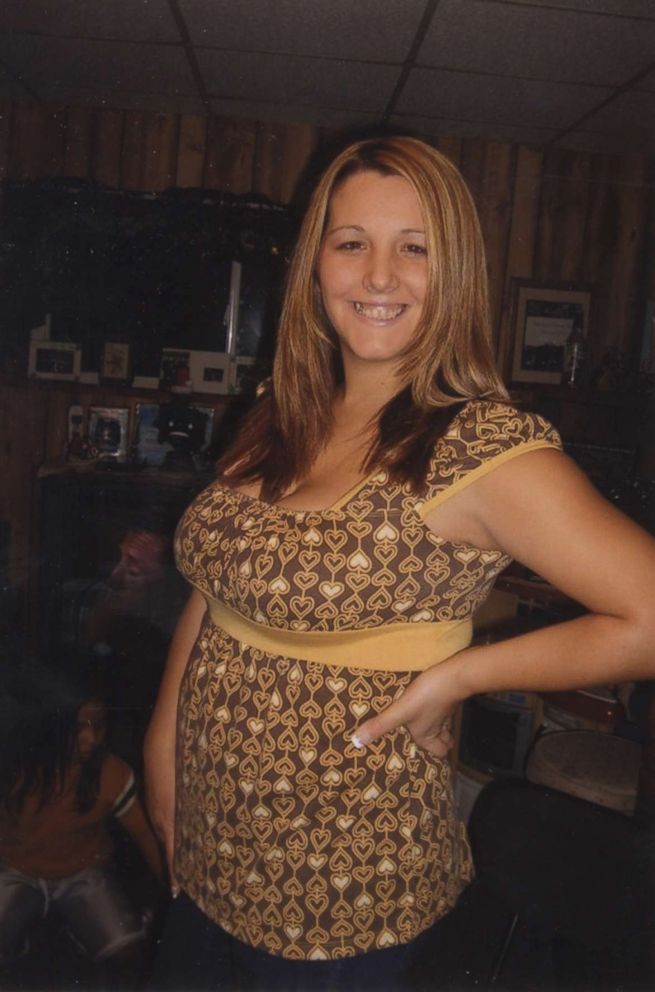
The two of them, plus Brown’s then-11-year-old son Jordan and Houk’s two daughters, then-7-year-old daughter Jenessa and then-4-year-old daughter Adalynn, all from their previous relationships, had recently all moved in together in a farmhouse.
The blended family seemed to be bonding. Jordan said he and Houk had a strong relationship, and he even called her “Mom.”
“She was really nice. I liked her a lot,” Jordan Brown told “20/20.” “I was happy [about the baby]… I always wanted a little brother. And … it was a boy. So that's what I was going to get.”
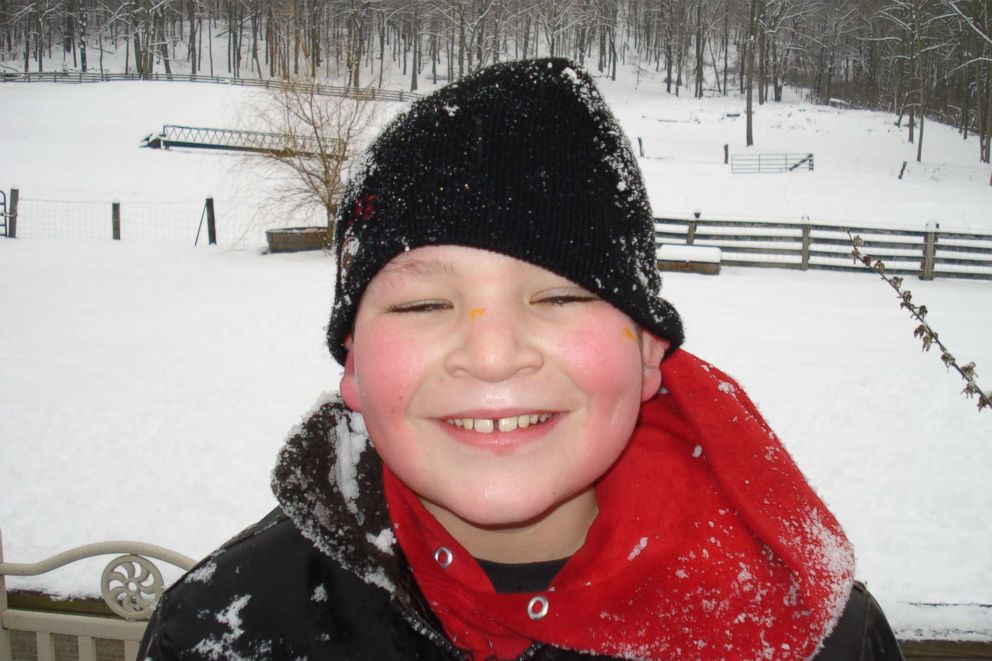
Houk, a hairstylist and a stay-at-home mom, was sleeping in a bedroom downstairs at the time, which was to become Jordan’s room after the baby was born. Jordan, who had a bedroom upstairs, had already moved his clothes into that downstairs bedroom.
That morning of Feb. 20, 2009, Jordan Brown said, was “just a normal morning” as he was getting ready for school.
“My sister Jenessa woke me up,” said Jordan Brown. “[I] went downstairs, got my clothes, went in the bathroom, got dressed. And we just sat … on the couch in the living room waiting and then Kenzie told us to go because the bus is coming and we're going to be late. So we hurry up and went out the backdoor and ran down the driveway. Went to school.”
Around 8:15 a.m., Jordan said he and Jenessa left the house to catch the school bus.
At 9 a.m., tree trimming workers arrived to work around the house. Sometime shortly after, one of the tree trimmers spotted little Adalynn in the doorway, sobbing and saying her mother was dead. The tree trimmer called 911.
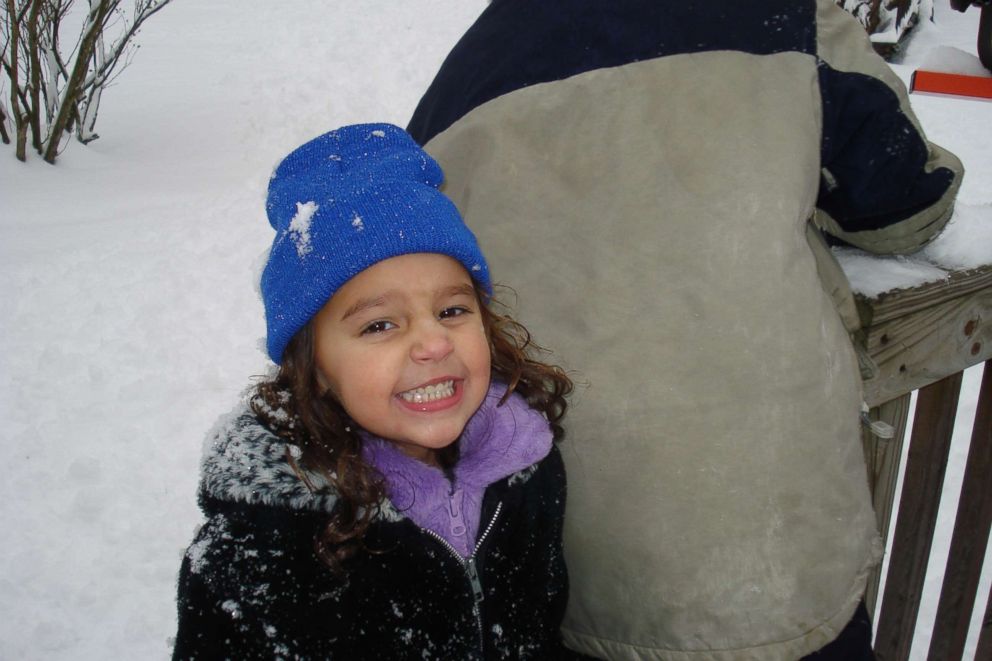
Pennsylvania State Police Corporal Jeffrey Martin, now retired, says he was one of the first responders on the scene. They found Houk in the bedroom, he said, and thought at first that she’d had a medical emergency.
“At that point, we assumed that somehow she had hemorrhaged,” Martin told “20/20.” “We didn't touch her, we didn't move her. At that point, we're trying to maintain the integrity of the scene.”
It wasn’t until the coroner arrived and started taking photos, Martin said, that they realized this was something else.
“I was standing right at the edge of the doorway, and I remember the coroner saying, as he started to touch the body, ‘We have a problem,’” Martin said. “And that's when we realized that it was a homicide.”
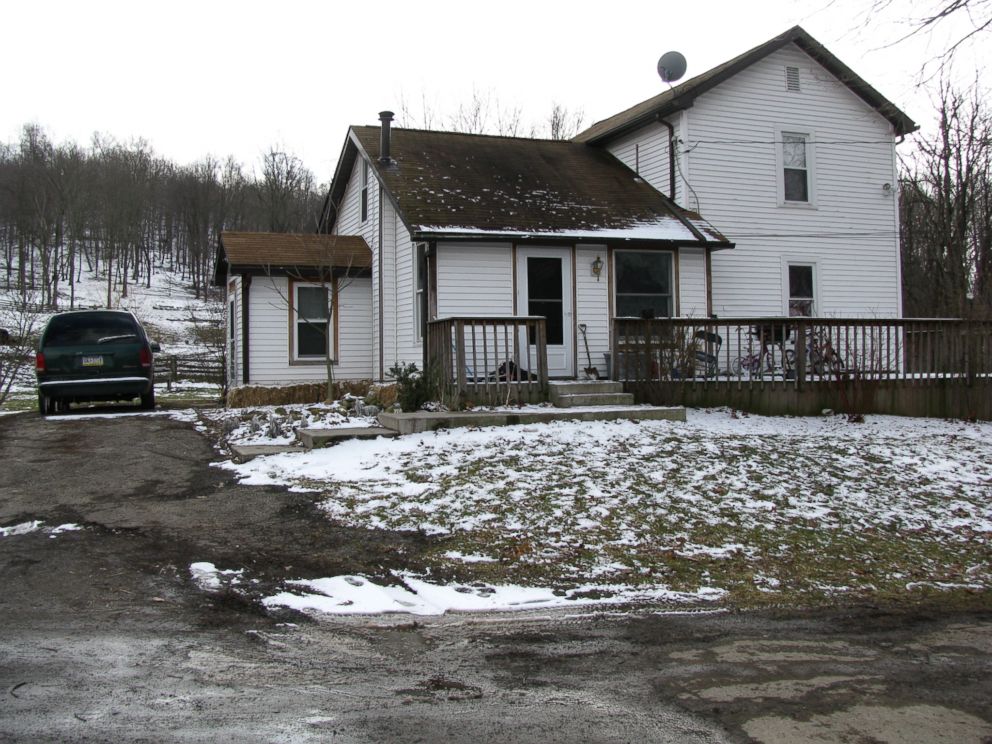
Police determined that Houk had been shot in the back of the head. They attempted CPR, but it was too late.
“Homicide, something of this magnitude was very, very uncommon,” Martin said. “In my 25 years, I believe it was the only one in that area that I can remember.”
Police called Chris Brown at his job in the shipping department at a local tableware company and asked him to come home immediately.
“They told me that her and the baby were gone, and I remember collapsing in the yard,” Brown said. “I lost it.”
State Police Corporal Troy Steinheiser, now retired, interviewed Chris Brown at the state police barracks. Brown’s hands were swabbed for gunpowder residue and came back clean. Police also confirmed he had been at work during the shooting, so they quickly eliminated him as a suspect.
Meanwhile, officers also went to Mohawk Elementary School to speak to Jenessa and Jordan. Both children were interviewed and, according to police, neither said anything out of the ordinary had happened that morning. However, Jordan said he remembered seeing a black truck near the garage.
“I didn't think anything of it. You know, it's just a truck,” he told "20/20." “I thought, you know, it was just some guy there doing work or something. But that's why I told them.”
Later that night, as Chris and Jordan Brown were finally starting to nod off around 3:30 a.m., they were startled by a pounding on the door.
It was the police. They had a warrant for Jordan's arrest.
“All I remember was they came and got me at 3:00 in the morning,” Jordan Brown said. “[They] put me in the back of the car and they took me to the police barracks. And I was in there. And then they took me straight to the county jail. And I had no idea where we were going. I wasn't with anybody. It was just a bunch of strangers dragging me around.”
Just 18 hours before, Chris Brown had lost his fiancée and unborn child. Now, he was losing his son.
The arrest of an 11-year-old for murder quickly gained wide media attention, and suddenly Wampum, Pennsylvania, a town with a population of roughly 600 people, had millions of eyes on it.
“That mug shot of Jordan Brown that sort of became an icon of the story spread across the world,” said Pittsburgh-based ABC affiliate WTAE reporter Bob Mayo.
When his mug shot was taken, Jordan Brown said he had been crying the whole night. Just a fifth grader at the time, he said he didn’t understand of what he was being accused.
“I didn't understand what was happening. I didn't know where I was at, what was going on or anything,” he said.
Police said what really turned the case for them were additional interviews they conducted with Jenessa and Jordan the night of the murders.
“When we interview someone, you expect them to give their account, wait a little while, we interview them again, and they should give the same account. And I don't know if that happened in this case,” Martin said.
In fact, police said, in his second interview, Jordan changed his description of the black truck and added that there was a person inside with a hat on, ducking down.
When Jenessa was re-interviewed, police said she had a startling recollection. Police said she told them she saw Jordan moving his guns that morning.
“[Then] she told me that when she was waiting downstairs for Jordan to come downstairs and go get the school bus like they normally do, she heard a big boom and she identified it as the sound of a gun,” added retired Pennsylvania State Police Trooper Bobby McGraw.
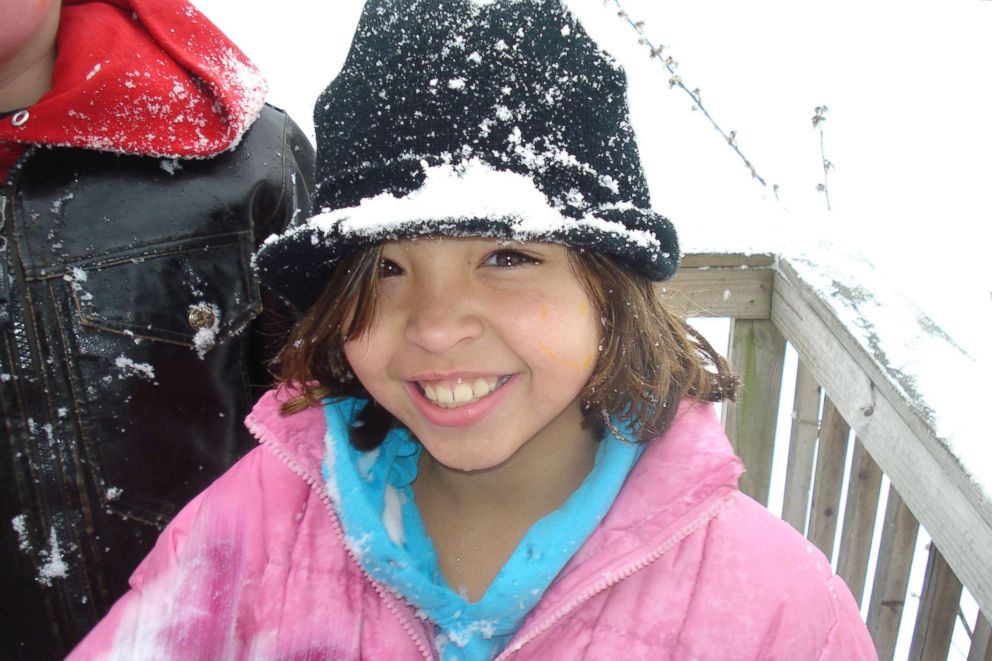
Jordan denied to "20/20" doing anything with his guns that morning, saying “I never touched them.”
Martin said the autopsy report determined that Houk had been killed with a shotgun and she had a single gunshot wound to the back of the head.
“I have never expected to have the murder weapon to be a shotgun,” Martin said. “It's more of a weapon of opportunity. It’s not a weapon that someone's going to carry across the field or carry up a driveway. It's three feet long.”
Inside the Browns' farmhouse, police found a collection of handguns, rifles and several rounds of ammunition. They also found a 20-gauge shotgun that belonged to Jordan Brown. Investigators on the case told "20/20" in that rural area of Pennsylvania, “It’s fairly common, most – especially young males – would grow up with learning to shoot firearms.”
“We had a youth model shotgun in the house that had smelled like it recently had been fired,” Martin said.
But he added that Jordan's hands were never checked for gunpowder residue.
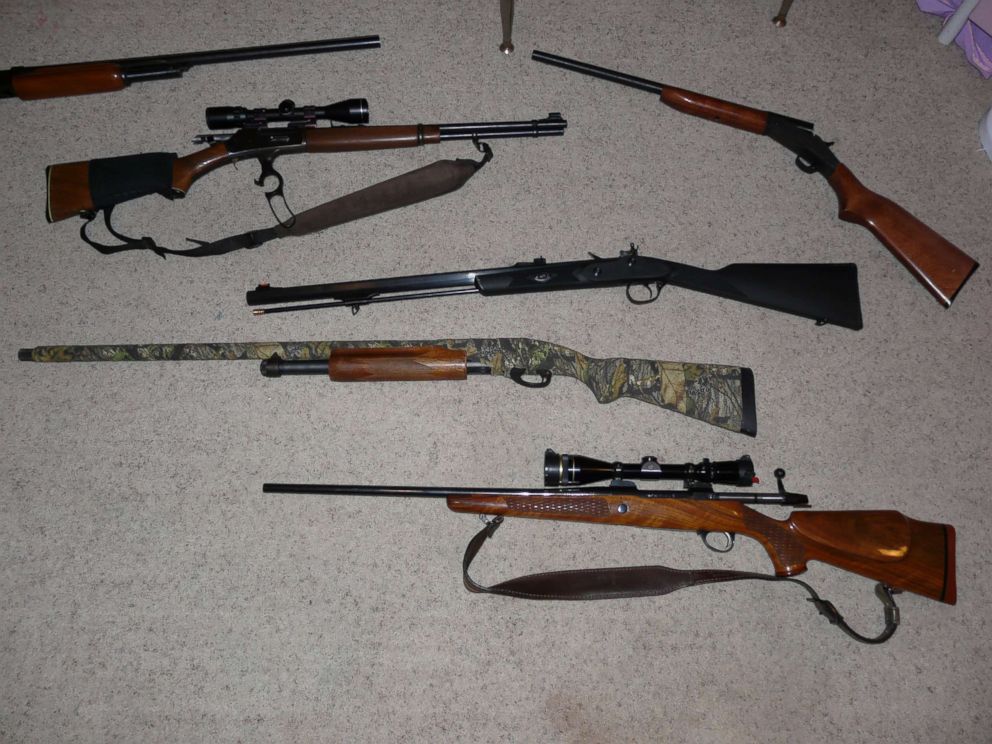
Police also said they found a 20-gauge shotgun shell casing in pristine condition next to the family’s driveway the next day. Trooper McGraw believed Jordan threw the shell to the ground as he was walking to the bus the morning of the murders.“He kept talking about… a piece of fuzz, and ‘I got it out of my pocket and I threw it.’ In my opinion, he was focused on the shotgun shell casing that he threw after he left the residence,” McGraw said.
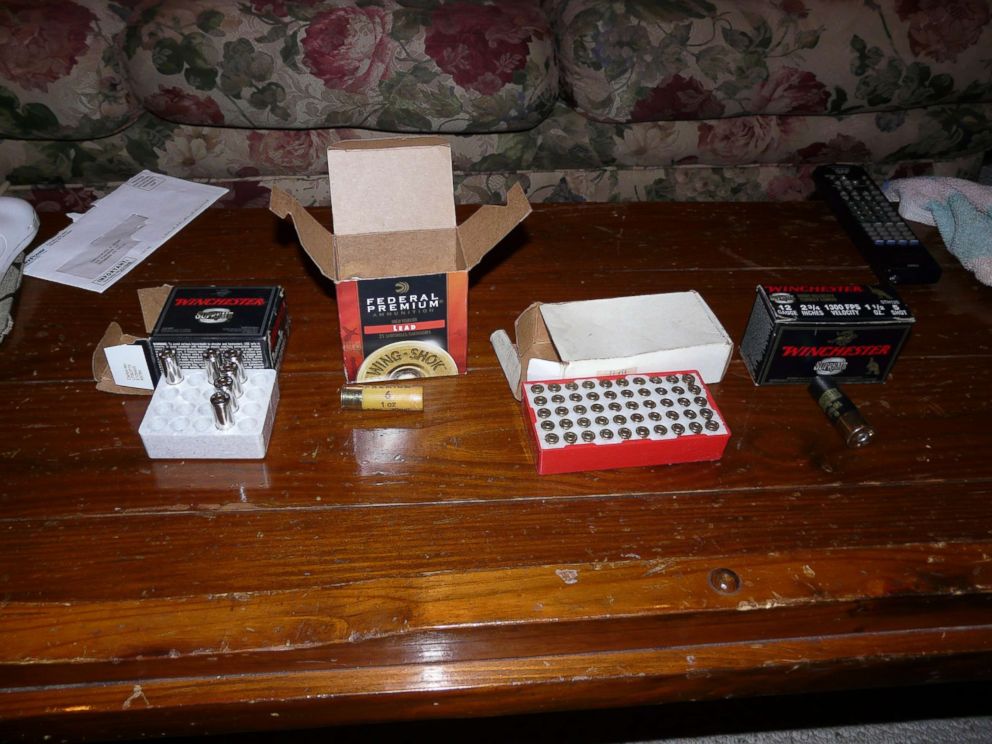
Jordan’s motive, McGraw believed, was that he was jealous of the new baby.
“In my opinion, [it was] jealousy, jealousy of the impending birth,” he said.
After the arrest, prosecutor John Bongivengo told reporters he was confident in his case against Jordan Brown.
“It’s difficult to charge an 11-year-old with homicide. You have to be sure enough to charge him,” Bongivengo told “20/20.”
At a time when headlines called Jordan “America's littlest monster,” he was at an age where he still believed in Santa Claus. Elisco said that moniker “fueled the media frenzy and the presumption of guilt that stayed with the case throughout."
Early in the investigation, a number of people including Chris Brown told police they should look into another person -- Houk’s ex-boyfriend of six years, Adam Harvey.
“The police asked me if there was anybody out there that I thought would've done something to her. And the first person that comes to mind was Adam Harvey. She feared him,” Chris Brown said.
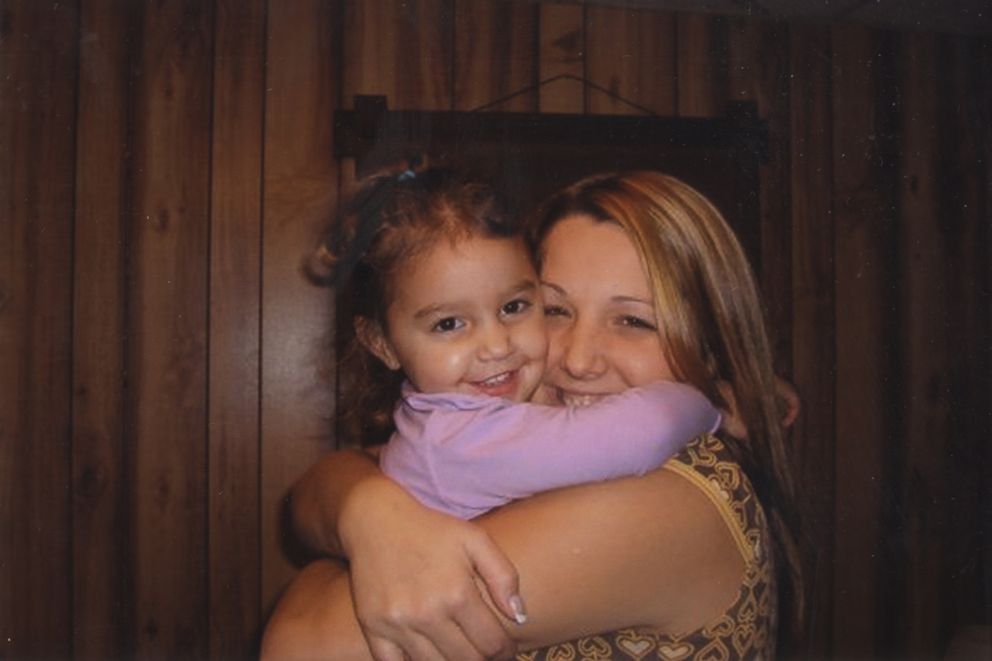
Kenzie Houk and her family had a protective order against Harvey after she claimed he had left messages threatening to kill her and her family.
Harvey denied those claims to police.
Harvey also drove a black truck. But when police pulled him over in that truck the day of the murders, they determined that he could not have made the almost 24-mile drive over to Houk’s house and back to his neighborhood because snow left on the hood was still intact. He also claimed he didn’t know where Houk lived.
“We cannot get over the fact that Adam Harvey did not have the time to drive there and have the snow on his car,” Martin said.
Authorities said they also tested Harvey’s hands for the presence of gunshot residue and found none.
But what police did discover during their interview with Harvey was that he had recently discovered 4-year-old Adalynn, who was believed to be his and Houk’s daughter, was in fact, not his biological child at all.
He acknowledged to authorities that he and Houk had argued about money. She wanted financial support payments for Adalynn but he had refused, saying he first wanted proof that the child was his.
“I saw a gentleman in front of me that was crying,” said Martin. “Even with the relationship they had, Adam was still in love with Kenzie. I guess you could speculate that. But, with my years of interviewing people-- he was crying for her.”
Authorities said Harvey cooperated during the investigation and agreed to take a polygraph. Harvey told police he didn’t harm Houk, telling them he was sleeping at home when she was killed. His father backed up his alibi, confirming Harvey’s story that he was home with them.
Within a day, Harvey was cleared as a suspect.
“He has someone that says that he's at home and from the trooper that interviewed him, who said the truck didn't look like it had been driven and we took photos of the truck,” Martin said. “It's the totality of the circumstances. As an investigator, you have to look at everything.”
“It's such a small window and such an unlikely set of circumstances that one, he found out where she lived. He knew the doors were unlocked. He knew there was a 20 gauge shotgun that they have in the house and gets there after everybody leaves, before it snows with no tracks, and gets by the tree cutting guys. That seems highly unlikely,” added Bongivengo.
While awaiting trial, Jordan Brown was housed for three years at the Edmund L. Thomas Adolescent Center, a juvenile detention facility in Erie County, Pennsylvania.
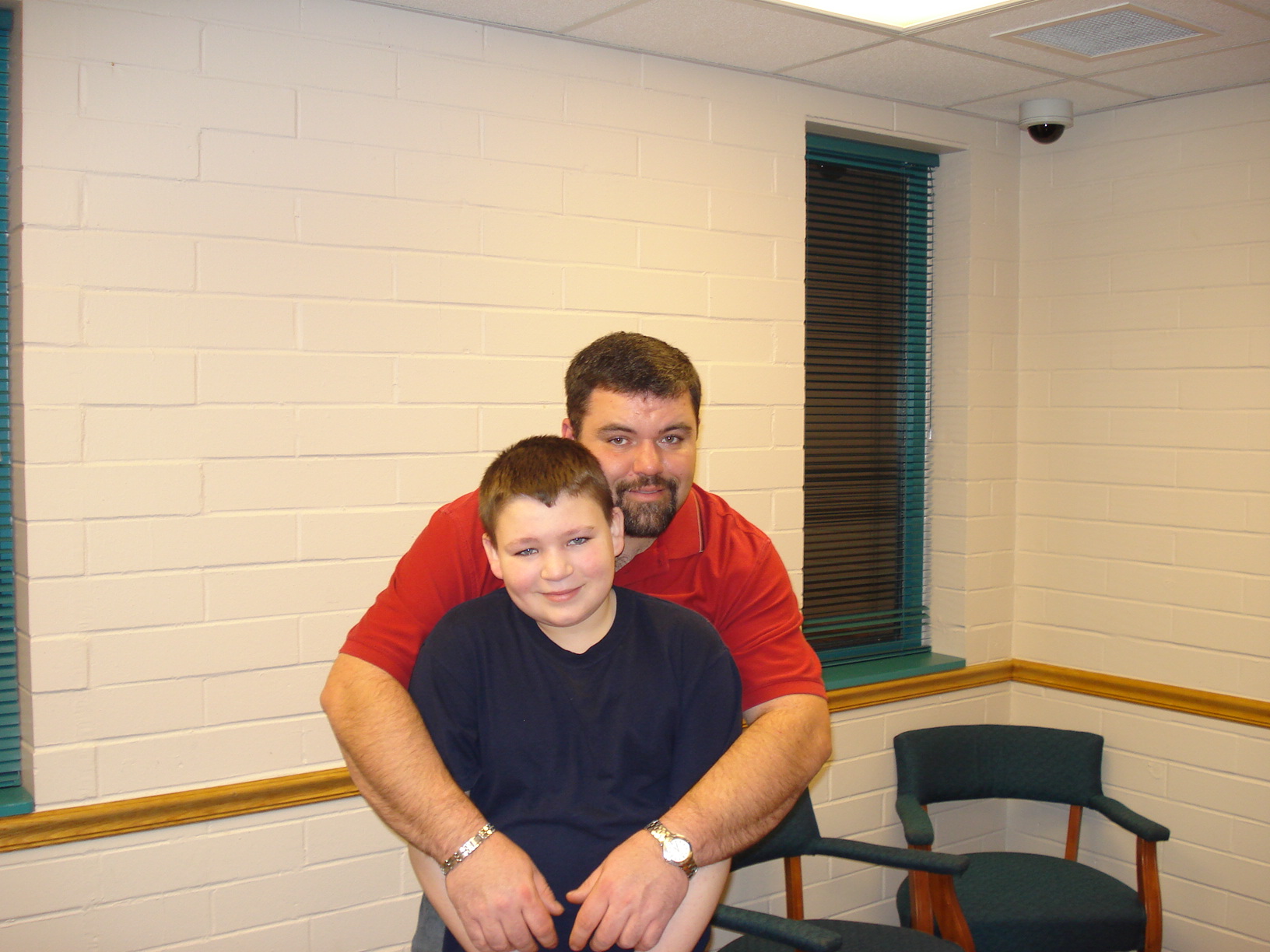
Chris Brown said he drove every day, 230 miles roundtrip, to see his son at the center. He needed to drive four hours every day, he said, to visit Jordan because “he’s my son.”
Jordan Brown said those visits were a lifeline: “I don’t know what I would’ve done without them."
“They played a big [role] in, like, keeping my head straight,” he said.
The daily journey, however, wreaked havoc on his finances, Chris Brown said.
“It cost me my job, and what money that I had coming in went into the gas tank and went into things that he needed,” Chris Brown said.
And with the focus on his son’s legal plight, Chris Brown said his grief for the loss of his fiancée and their unborn baby had to take a backseat.
“[I] haven’t had a chance to grieve properly,” Chris Brown said.
As the years passed, Jordan Brown said he spent much of his time absorbed in the books his father brought him, reading with a dictionary next to him.
“If I would read something and come across a word I didn’t know, [I would] look it up. That way I know what was trying to be said, and then that’s how I read,” he said. “I was a big fantasy reader... It was a whole different world. I'd, like, lose myself in the book. ... Time flew when you were reading.”
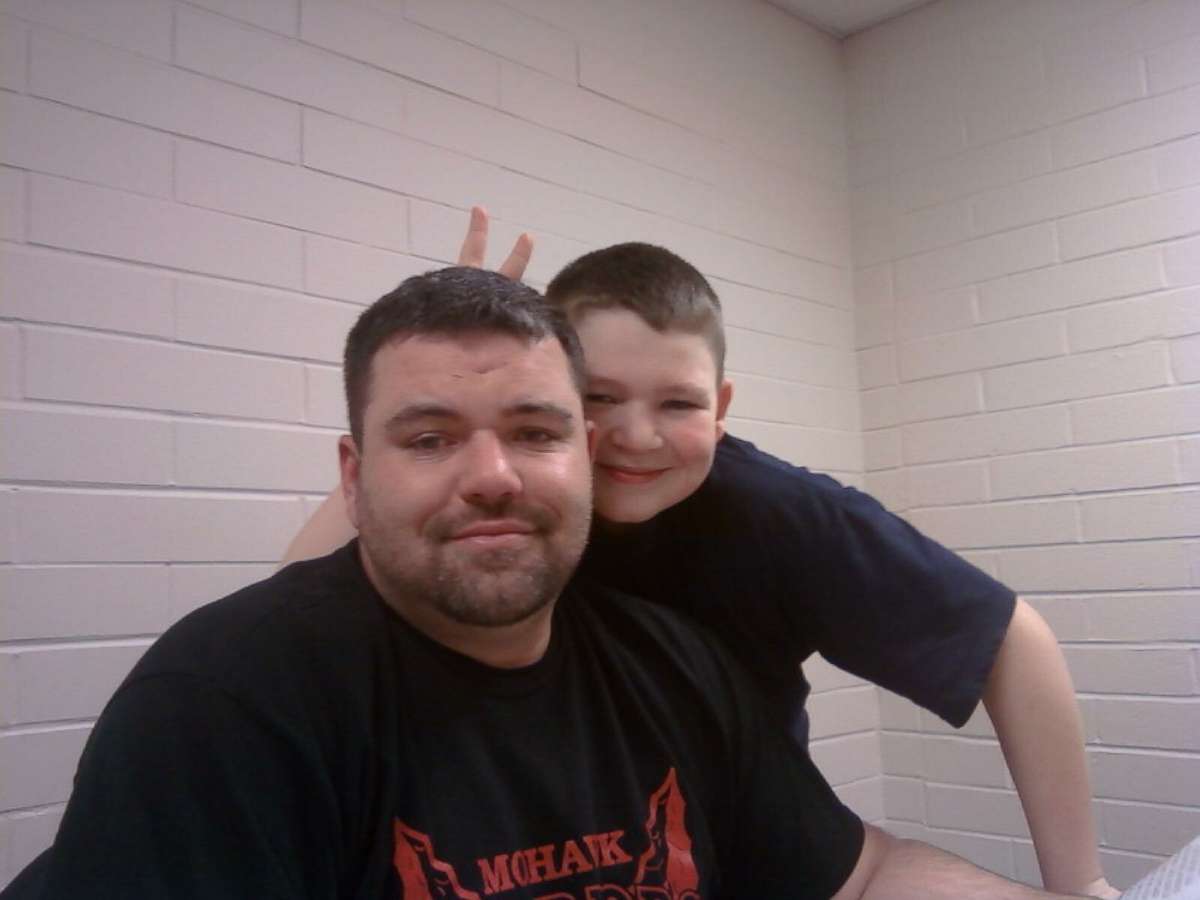
Throughout Jordan Brown’s stay in detention in Erie, his father continued to ask him whether he'd killed Houk.
“I gave him every opportunity. [I'd say,] ‘Jordan, listen, if something happens. Accidents happen, buddy. You know, if something happened, tell me. I'm not going to be mad at you. I'm your dad. I'm never not going to be your dad. I'm never not going to be here every day,’” Chris Brown said.
“[He] never changed his story. You know, [he] maintained his innocence throughout from day one,” he added.
But Houk’s family remains convinced that Jordan is guilty, and that he should receive the maximum punishment and be tried as an adult.
Houk’s mother Debbie Houk told “20/20,” “ Jordan's a murderer. And I'll say it. And his father needs to get in the mirror every morning and look in that mirror and say, ‘I am the father of a murderer.’”
More than two years after Jordan Brown was charged, a judge ruled that his case would be moved from adult to juvenile court, where instead of facing life in prison he would get out far earlier. It would be another eight months before Jordan would stand trial for double homicide.
The trial lasted three days. By then, Bongivengo had been replaced by a different prosecutor. Jenessa statements to police were never presented at trial, nor did she testify.
Still, a juvenile court judge found Jordan Brown, then 14, delinquent in the case.
“A judge finding a juvenile delinquent is effectively a guilty verdict. It's saying that I have a charge in front of me in juvenile court, and I am finding that you are responsible for that crime,” ABC News’ Chief Legal Analyst Dan Abrams said.
“I can remember just looking at Jordan and feeling like we had failed him. And just feeling so sorry for him at that moment,” Colafella said. “And I just remember looking at him thinking, ‘How can this kid have any more hope?’”
During his incarceration, Jordan taught himself to play guitar and said he became a pretty good basketball player.
Jordan Brown’s lawyers announced they would appeal two months after his conviction. But it would take another three and a half years before his appeal was heard by the Pennsylvania Supreme Court.
His attorneys say police were never able to prove Jordan Brown’s shotgun was the murder weapon. They argue that the particle of gunpowder residue on his shirt and pants could have come from the jacket he had worn to a recent turkey shoot. In fact, the prosecution’s forensics expert had testified that these particles can be transferred. And then, Jordan’s defense attorneys pointed to the troopers who had said Jordan’s shotgun smelled as if it had just been fired when they arrived at the house that morning.
“Those law enforcement officers who said that they smelled [that the gun] was recently fired, they conceded that they had no expertise or training,” said Jordan’s attorney Dennis Elisco.
As for the shotgun shell casing police found near the driveway, Colafella said, “On that property where they lived on a farm, there were shotgun shells all over the place. They routinely shot on that property. The discovery of that shell was not significant.”
Another issue Jordan’s attorneys raised was that there was no blood or tissue found on the gun or Jordan Brown’s clothing that day.
“It's almost inconceivable that you could suggest that a shotgun was fired at close range… wouldn't deposit any tissue, any blood on the barrel of the gun or on his clothing, which he wore to school,” Elisco said. “It was appalling to me that they seemingly just ignored that fact throughout the case.”
But the prosecution’s expert witness said that the angle in which the gun was shot could have minimized what’s referred to as blowback.
“This is precisely what would have had to have happened,” Colafella added. “Jordan Brown was sitting with his stepsister Jenessa in a room adjacent to the room where the victim was sleeping, run upstairs, grab a shotgun, load it with a shotgun shell, walk over to the bed, place that shotgun up against her head, pull that trigger, kill her, somehow manage to wipe whatever-- bodily fluid or blood might have been contained on the end of that gun, take it upstairs, replace it along the wall, remove the shell, run downstairs while her sister presumably was waiting for him in this very small house... All without leaving a single clue.”
“All they really arrested him on, largely, was the statement of Jenessa,” Elisco said. “As time went on they completely abandoned that statement, which would have been the strongest evidence in the case, and rather tried to pursue a prosecution based upon this forensic evidence.”
Houk’s younger daughter Adalynn, whom tree trimmers found sobbing when she discovered her mother’s body, has never spoken publicly about this. Until now.
In an exclusive interview with “20/20,” she told her own account of what happened that morning of Feb. 20, 2009, and some of it conflicts with the police timeline.
That day, she said she remembered being woken up by the sound of a gunshot.
“I was so young. I did not know what the sound was,” said Adalynn, who was 4 years old at the time and is now 13. “I was just going to walk in to wake her [Kenzie Houk] up. And her phone rang.”
She remembered picking up her mother’s phone and answering it. She said the person on the other end of the line asked to talk to her mother so she went into the downstairs bedroom to get her.
“I went in to wake her up. And her face was facing me,” Adalynn said. “I was just like, ‘Hey mom, wake up.’ and when I turned her own, I realized—I’d come to the conclusion of what had happened.
“And I went outside, and I had asked the tree men that were cutting down trees, ‘Do you guys know my grandma’s number?’ And they were like, ‘No.’” she said. “I went back in the house and I remember a very nice cop had sat me on the chair. And he told me everything was going to be all right, and I just sat there and cried.”
The tree trimmers saw Adalynn sometime after 9 a.m. that morning. And if you go by Adalynn’s account, this means it all, including the murders, happened long after Jordan and Jenessa had left the house and were on their way to school.
Her family says Adalynn shared bits of her story over the years, but it’s something neither police nor Jordan’s defense team have ever heard. Police had tried to speak with Adalynn when they arrived at the house, but reported that she was in a state of shock, and could not provide coherent answers. Jordan’s defense lawyers say her timeline means Jordan wasn’t there when Houk was killed, but Martin, who worked the case, says after so many years he doesn’t find Adalynn’s account credible.
Jordan Brown spent seven summers in detention and was released in 2016 when he was 18.
In July 2018, the court sided with Jordan Brown, writing that the Commonwealth of Pennsylvania had failed to prove Jordan Brown guilty beyond a reasonable doubt.
Jordan’s conviction was overturned. In a rare move, the highest court in Pennsylvania ruled that "there was insufficient evidence" to prosecute the case. While the decision did not declare him innocent of the charges, he cannot be retried.
“I was happy. Finally, it felt like a big weight had been lifted off of me. It’s been a nightmare for nine-and-a-half years,” Chris Brown said.
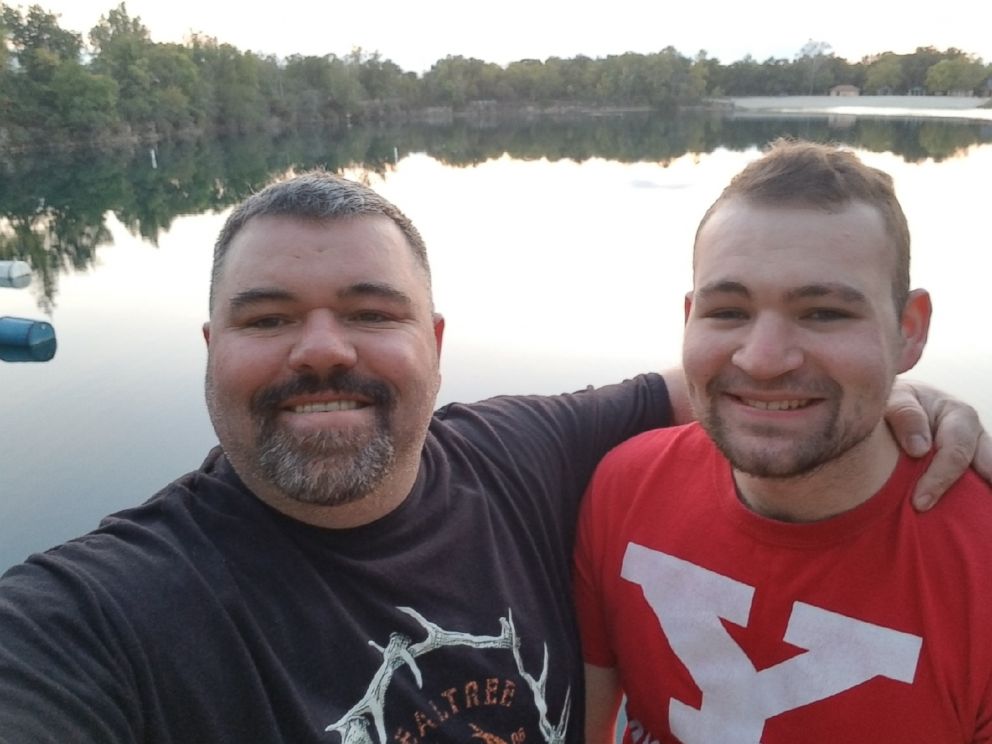
“I’m 100 percent, you know, a whole, clean slate. Everything is gone. And that made me happy. Finally, the truth finally got out,” Jordan Brown said.
When asked what message he had for the police troopers who'd arrested his son, Chris Brown said, “’Shame on you,’ is probably the most polite way to put it.”
“You took an 11-year-old’s childhood away from him. You’ve, you know, ruined his name in essence. I mean, you Google ‘Jordan Brown’ and you get that mug shot picture that pops up,” he said.
Jordan Brown said he has “mixed feelings” about what happened to him.
“It used to bother me all the time. I used to hate it. But then I got to the point where it didn’t bother me at all. I didn’t care. But now I’m kind of, like, I go back and forth sometimes, I think,” he said.
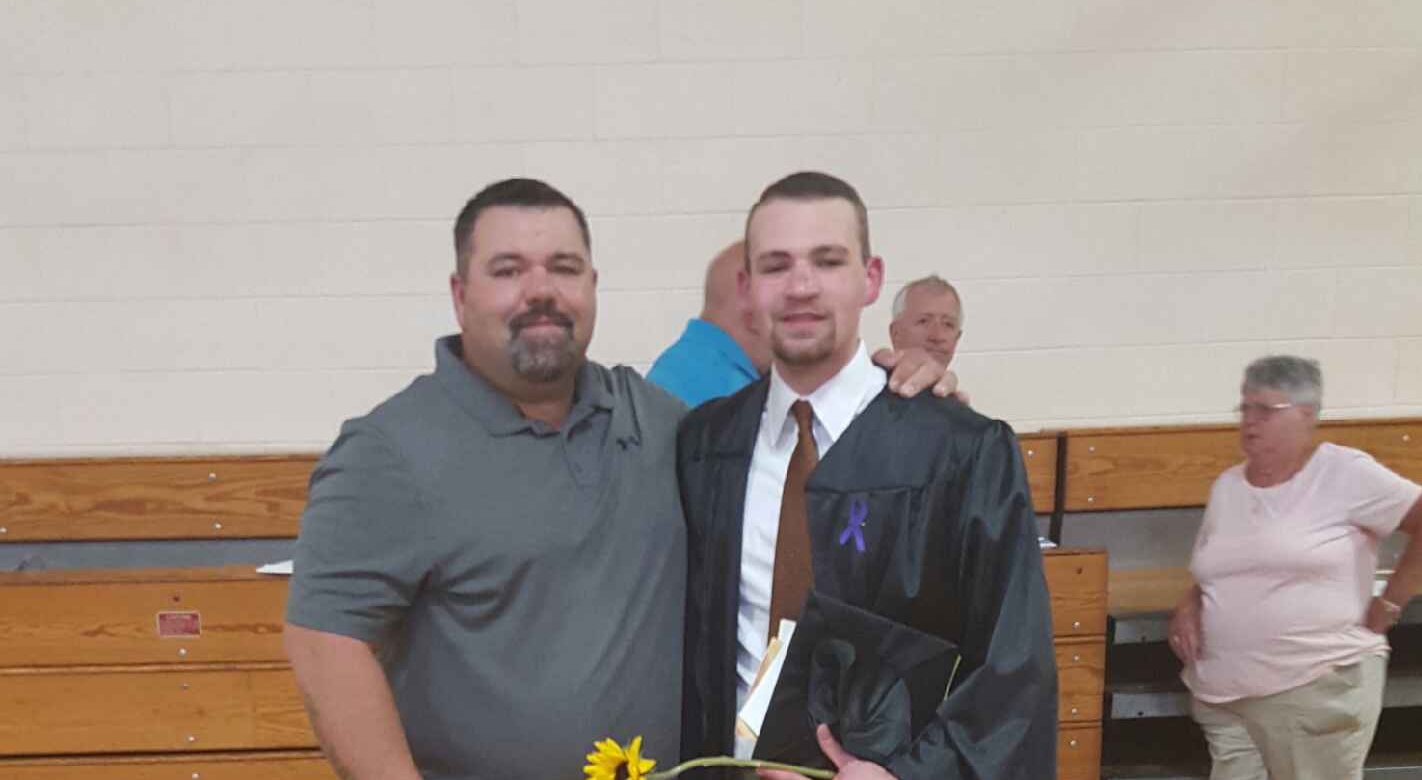
As for Chris, he still mourns the loss of Houk and their unborn son. “I still love her. I miss her every day,” he said.
“I’ll be honest with you, I suffer from PTSD [post-traumatic stress disorder] over this,” Chris Brown continued. “It's kind of a bittersweet feeling, you know. [I'm] happy that this part of it is over with Jordan, you know, being wrongfully accused. But still, that side of it, that suffering from the loss and not having any answers, knowing he was falsely accused and the route the prosecutor and investigators took on this, the inadequate investigation. ... I think has just ruined us [from] ever having closure and the person who did this, and for the person who actually did this to pay for it."
Retired Pennsylvania State Police Trooper Bobby McGraw said he is still confident that Jordan Brown committed the murders.
“This case was investigated by some of the finest police officers in this country, plain and simple. And none of us wanted to put handcuffs on an 11-year-old. That's where the case took us. I have never looked back that we arrested the wrong person, in my opinion. And I would assume every trooper who investigated that case feels the same way. We did not get this wrong,” McGraw told “20/20.” “There is not a trooper on scene that day that has lost one second of sleep over this case.”
Jordan Brown, who is attending college and studying computer science, is determined to leave his past behind and prepare for brighter days ahead.
“I just want to be successful. I just want to graduate college, you know, get a job in my major and, I don’t know, just be successful,” Jordan Brown said.
“My biggest hopes for him probably is that he gets a fair shake moving forward, that, you know, people look at this and, for what it is, what it truly is,” Chris Brown said. “Read that Supreme Court order and realize that this kid was done wrong.”




